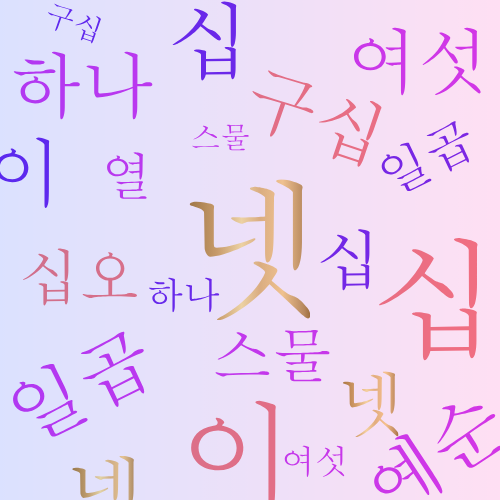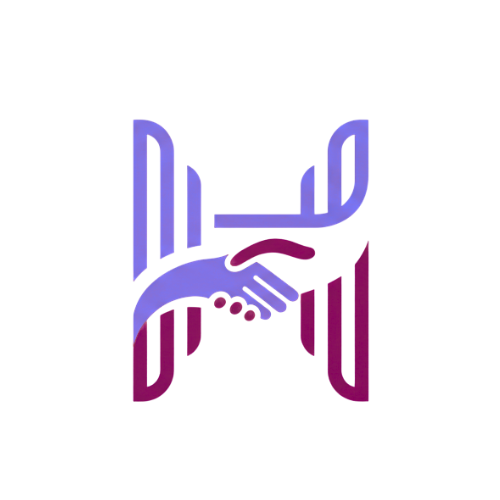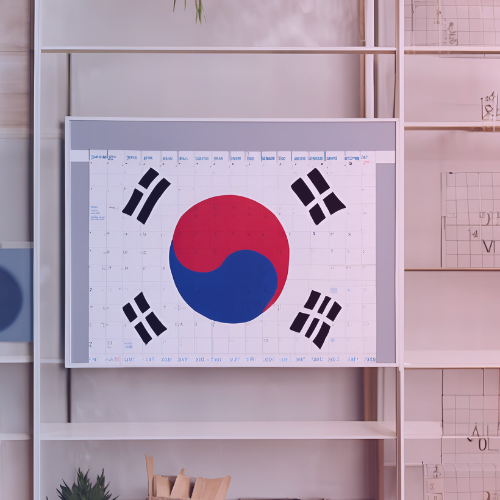The Beginner's Guide to Learning the Korean Numeric System
- byTolulope Ayileka
- 1 year ago
- 0 Comments
- 4mins

From counting, telling the time, and giving out your phone number, learning numbers is very important while studying any language. But, do you know that Korea has two distinct numbering systems? Well, now you do! The most mind-blowing fact is that both numbering systems are actively used in Korean day-to-day conversations such as telling time, counting, phone numbers, age, etc. Therefore, it is very important that as a learner you can identify them and use them correctly.
Like I said earlier, there are two Korean numeric systems namely: Sino-Korean numbers and Native Korean numbers. Let’s begin with the Sino-Korean numbering system.
SINO-KOREAN NUMERIC SYSTEM
When you see the word ‘Sino’, it indicates that it did not originate from Korea. The Sino-Korean numbering system originates from China, particularly the ‘Han Dynasty’ and was used before the creation of the Korean native numbering system and alphabets known as Hangul.
The Sino-Korean numeric system is used to identify phone numbers, temperature, mathematical calculations, PINs, and money, and used to indicate large numbers such as hundreds, thousands, millions, and billions. Sino-Korean numbers are as follows:
1; - il (일)
2; i (이)
3; sam (삼)
4; sa (사)
5; o (오)
6; yuk (육)
7; chil (칠)
8; pal (팔)
9; gu (구)
10; sip (십)
100; baek (백)
1000; cheon (천)
10,000; man (만)
However, to say 11, you write 10 and add the other numbers but it changes from 20 above. For example
10 (십)+ 1 (일) = 11 (십일) sip-il
2 (이) + 10 (십) + 3 (삼) = 23 (이십삼) l-sip-sam
4 (사) + 100 (백) = 400 (사백) sa-baek
NATIVE KOREAN NUMERIC SYSTEM
Next, we have the Native Korean numbers originally from Korea. They do not contain zero and are used from 1 to 99. They are used mainly to count things, people, and objects and tell age as well.
1 - ha-na (하나)
2 - dul (둘)
3 - set (셋)
4 - net (넷)
5 - da-seot (다섯)
6 - yeo-seot (여섯)
7 - il-gop (일곱)
8 - yeo-deol (여덟)
9 - a-hop (아홉)
10 - yeol (열)
To indicate 11 to 19 is quite easy. Simply write the number 10 and add another number after it.
For example:
10 (열)+ 1 (하나) = 11 (열하나) yeol-ha-na
This rule works from 11 – 99 after which the Sino-Korea number system takes over.
20 - (seu-mul)
30- 서른 (seo-reun)
40- 마흔 (ma-heun)
50 - 쉰 (swin)
60 - 예순 (ye-sun)
70 - 일흔 (i-reun)
80 -여든 (yeo-deun)
90 - (a-heun)
After 99, the Sino-Korean numeric system is used to continue the numbering.
Now that you know the Korean numeric system, you should have no problem giving your account details or saying out your phone number to your Korean crush and friends.
Till later, Jaljayo!
Tags:
Tolulope Ayileka
Tioluwa is a lover of all things good story telling and adventure, so it's no surprise she's officially hooked to all things Korean. She believes learning and having fun is synonymous and prides herself a K-drama guru. From Korean lifestyle to history, she's all over it like sauce on kimchi.
HOW TO SAY MONTH, WEEK AND DAY IN KOREAN
0 Comment(s)
Related Posts
Daily Newsletter
Get all the top stories from Blogs to keep track.





Leave a comment